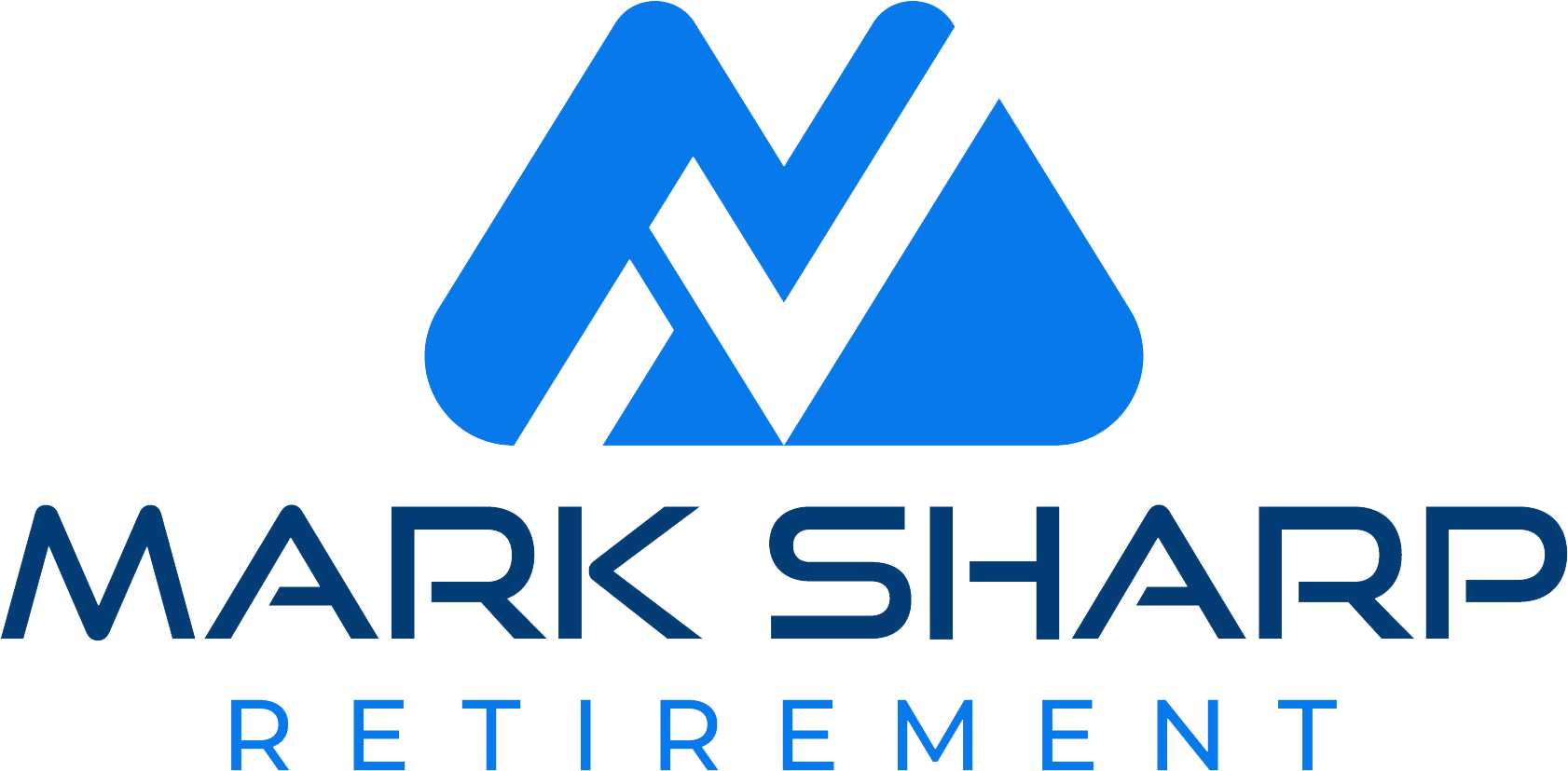
What you need to know to avoid Roth conversion underpayment fees and penalties.
Roth conversions offer many potential advantages from providing more flexibility to manage taxes in retirement and boost after-tax income to valuable estate planning vehicles for passing assets to heirs. But it's important to understand that shifting money from a traditional IRA to Roth IRA is a taxable event that often comes with a hefty tax bill. This bill has to be paid at conversion, through payroll withholding, by estimated taxes, or during tax filing time. The method used is important because it impacts the amount converted, cash flow, overall tax situation, and any penalties and fees. Understanding the different conversion tax payment methods will help you determine the best way to avoid or reduce any conversion underpayment fees and penalties.
At Conversion. While not required at conversion, you always have the ability to pay the tax at this time. You may want to consider paying at conversion to get ahead of a large tax bill that will need to be paid by the tax filing deadline for the year of the conversion. At the time of conversion, you can specify a certain amount to be withheld and sent to the IRS. This is a great option especially if you use funds from another source to pay the tax.
Payroll Withholding. If your employer withholds income tax there’s a good chance you may have paid enough tax to offset any conversion tax. Any additional tax attributable to the conversion not covered by the withholding is paid during tax filing time. Paying the conversion tax with withholdings is the surest way of paying the full tax and avoiding any underpayment fees and penalties.
Estimated Tax. If you normally pay estimated taxes (self-employed) or either don’t pay the tax at conversion or through withholdings, you most likely need to pay the tax throughout the year in quarterly estimated tax payments. It’s possible you’ll have to pay a penalty if you don’t make estimated tax payments to cover some or all of the tax you’ll owe on a conversion from a regular IRA to a Roth IRA. You’ll need to determine the tax payments and pay them by the payment deadline for each quarter. For more information about filing estimated taxes, see Form 1040-ES, which also includes an estimated tax worksheet and the forms for filing quarterly estimated taxes.
Tax Filing Time. This is the default option, but not recommended. That’s because it can trigger underpayment fees and penalties if you haven’t paid enough tax through the other payment methods. The federal tax on conversion will be collected with the rest of your income taxes due on the return you file for the year of the conversion.
Roth conversion can be a smart retirement and tax planning strategy that most retirees should consider. Prepaying the tax liability at favorable rates can improve retirement efficiency through decreased taxes, increased retirement spending, improved portfolio longevity, and accumulating higher legacy values. But this is easier said than done. Determining the appropriateness of a Roth conversion strategy let alone developing one can be complex and time consuming underscoring the need for and value of skillful guidance.
